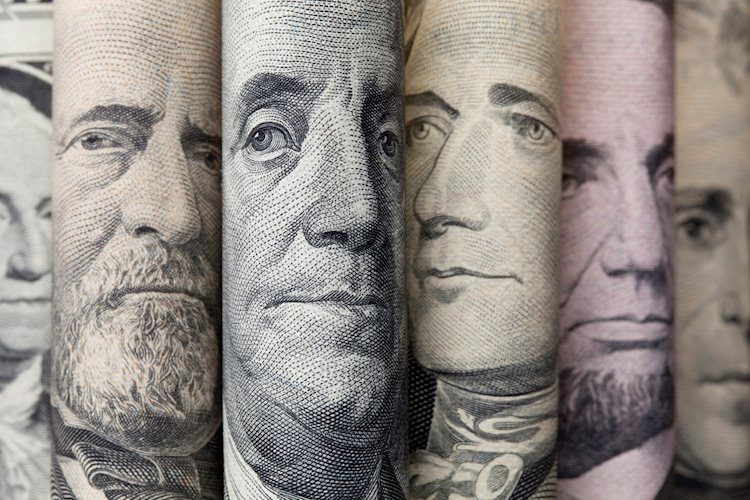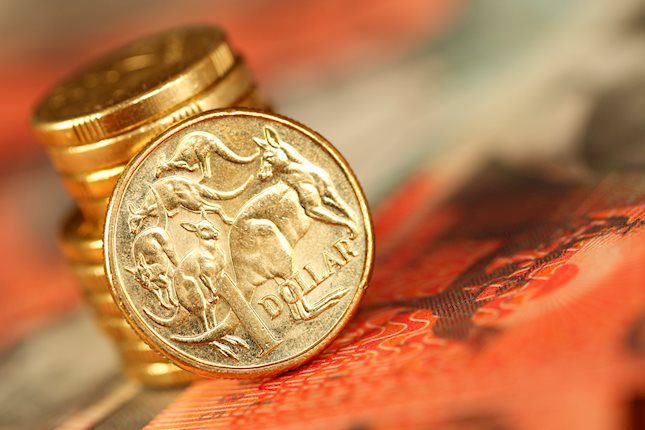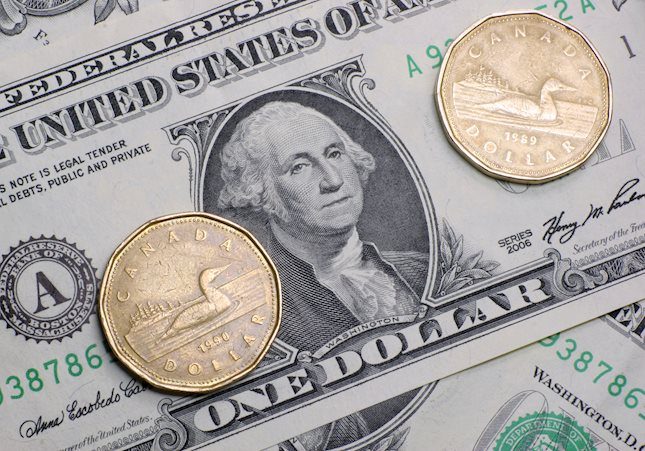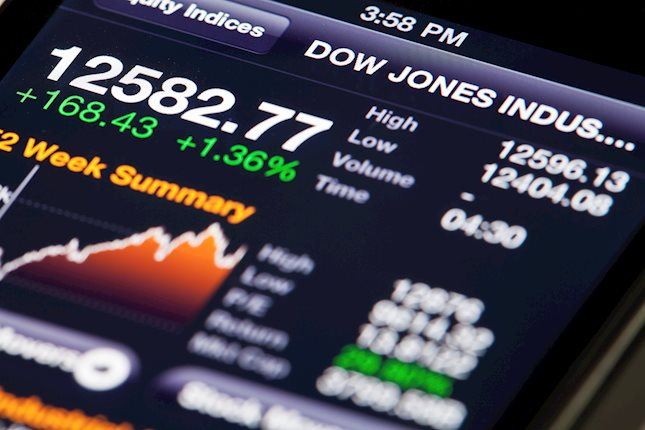US Dollar dips at the start of the week, focus turns to Fed's decision
- DXY Index is noting losses at the start of the week, declining toward 105.70.
- Resilient US economy, hawkish Fed are likely to keep pressure on yields, which may limit losses.
- Markets foresee a hold on interest rates for Wednesday’s Fed meeting.
The US Dollar Index (DXY) is declining on Monday and fell to 105.70. The Bank of Japan (BoJ)'s recent intervention led to a slight drop in the USD value. However, the Greenback's rally is expected to continue, thanks to monetary policy divergence favoring the US Dollar and the anticipation of a hawkish hold from the forthcoming Federal Reserve (Fed) meeting.
The US economy remains resilient, and sticky inflation may keep the USD’s rally alive. The Fed is maintaining a hawkish stance, resisting market pressure for easing, and a June rate cut seems unlikely. Wednesday’s messaging will be key.
Daily digest market movers: DXY starts week with left foot, eyes on Fed’s decision
Fed is anticipated to adopt a hawkish approach, underscoring hefty growth, sustained inflation in US economy.
Unchanging interest rates together with robust US data may maintain upward trajectory of US Treasury bond yields.
Market expectations for subsequent Fed meetings are seen as a 10% likelihood of a rate cut in June, 35% in July, and less than 80% in September.
US Treasury bond yields are down, signifying a disfavorable environment for the US Dollar. Specifically, the 2-year yield stands at 4.97%, the 5-year yield at 4.65%, and the 10-year yield at 4.63%.
DXY technical analysis: DXY bulls struggle under pressure, yet retain control
The indicators on the daily chart reflect a mixed outlook for the DXY. The Relative Strength Index (RSI), despite having a negative slope, maintains a stance in positive territory, indicating resilience among buyers. However, this bullish momentum appears somewhat challenged as evidenced by the freshly formed red bar in the Moving Average Convergence Divergence (MACD), a bearing that typically presages a potential shift toward bearish territory.
Also, the DXY stays comfortably above the 20, 100 and 200-day Simple Moving Averages (SMAs), an indication that buyers still have the upper hand in the intermediate and longer terms. Despite the potential for short-term selling pressure, the narrative of the bulls continues to be supported by this SMA structure.
Inflation FAQs
Inflation measures the rise in the price of a representative basket of goods and services. Headline inflation is usually expressed as a percentage change on a month-on-month (MoM) and year-on-year (YoY) basis. Core inflation excludes more volatile elements such as food and fuel which can fluctuate because of geopolitical and seasonal factors. Core inflation is the figure economists focus on and is the level targeted by central banks, which are mandated to keep inflation at a manageable level, usually around 2%.
The Consumer Price Index (CPI) measures the change in prices of a basket of goods and services over a period of time. It is usually expressed as a percentage change on a month-on-month (MoM) and year-on-year (YoY) basis. Core CPI is the figure targeted by central banks as it excludes volatile food and fuel inputs. When Core CPI rises above 2% it usually results in higher interest rates and vice versa when it falls below 2%. Since higher interest rates are positive for a currency, higher inflation usually results in a stronger currency. The opposite is true when inflation falls.
Although it may seem counter-intuitive, high inflation in a country pushes up the value of its currency and vice versa for lower inflation. This is because the central bank will normally raise interest rates to combat the higher inflation, which attract more global capital inflows from investors looking for a lucrative place to park their money.
Formerly, Gold was the asset investors turned to in times of high inflation because it preserved its value, and whilst investors will often still buy Gold for its safe-haven properties in times of extreme market turmoil, this is not the case most of the time. This is because when inflation is high, central banks will put up interest rates to combat it. Higher interest rates are negative for Gold because they increase the opportunity-cost of holding Gold vis-a-vis an interest-bearing asset or placing the money in a cash deposit account. On the flipside, lower inflation tends to be positive for Gold as it brings interest rates down, making the bright metal a more viable investment alternative.
Forex News
Keep up with the financial markets, know what's happening and what is affecting the markets with our latest market updates. Analyze market movers, trends and build your trading strategies accordingly.



















